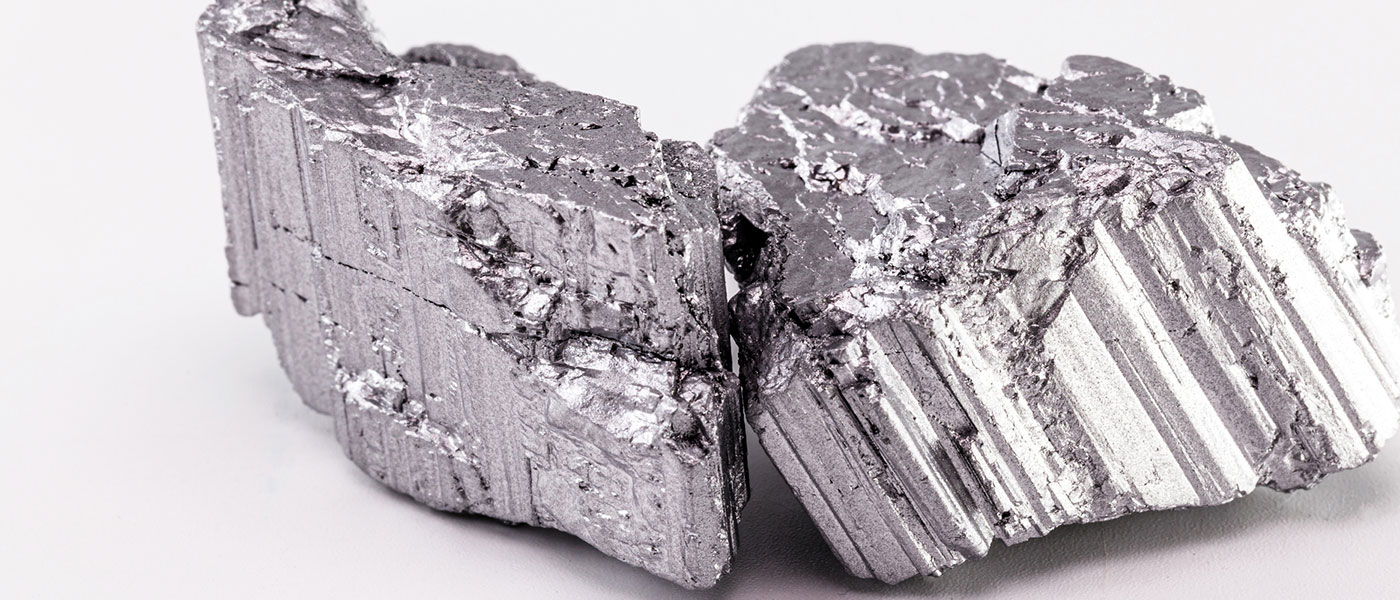Rare earth minerals play a crucial role in various industries, from electronics and renewable energy to defense and healthcare. As the demand for these minerals continues to rise, it becomes essential to identify the country that possesses the largest reserves and dominates the global supply. In this article, we delve into the intricate world of rare earth minerals and uncover the country that holds the key to this valuable resource.
Understanding Rare Earth Minerals:
Rare earth minerals are a group of seventeen elements that exhibit unique magnetic, optical, and catalytic properties. These elements include cerium, dysprosium, neodymium, and many others. Despite their name, rare earth minerals are not actually rare in terms of abundance in the Earth's crust. However, they are often found in low concentrations and are challenging to extract and refine.
Exploring Global Reserves:
When it comes to rare earth mineral reserves, one country stands out above the rest – China. China has been the dominant player in the rare earth market for several decades, accounting for approximately 80% of global production. The Bayan Obo mine in Inner Mongolia, China, is the largest rare earth deposit in the world, containing significant amounts of neodymium, praseodymium, and other valuable elements.
China's Rare Earth Dominance:
China's dominance in the rare earth market can be attributed to several factors. Firstly, the country has vast reserves, allowing for extensive mining operations. Additionally, China has invested heavily in the development of rare earth extraction and processing technologies, giving them a competitive edge in the global market. Furthermore, China's relatively low labor and production costs have made it difficult for other countries to compete.
Global Implications:
China's monopoly on rare earth minerals has raised concerns among other countries, particularly in terms of supply chain security. The heavy reliance on China for these critical minerals has prompted nations to explore alternative sources and develop their own domestic production capabilities. Countries like Australia, the United States, and Russia have made efforts to ramp up their rare earth mining activities to reduce dependence on China.
Future Outlook:
As the demand for rare earth minerals continues to grow, the global landscape is likely to witness significant changes. While China currently dominates the market, other countries are actively exploring and developing their own reserves. Diversification of supply sources and increased investments in rare earth mining technologies are expected to reshape the industry in the coming years.
Conclusion:
In the realm of rare earth minerals, China reigns supreme, possessing the largest reserves and dominating the global supply. However, the landscape is evolving, and other countries are striving to reduce their dependence on China. The quest for alternative sources and the development of domestic production capabilities will shape the future of the rare earth market, ensuring a more balanced and secure supply chain for these valuable resources.




+ There are no comments
Add yours